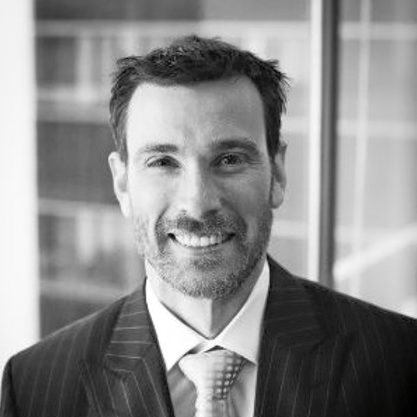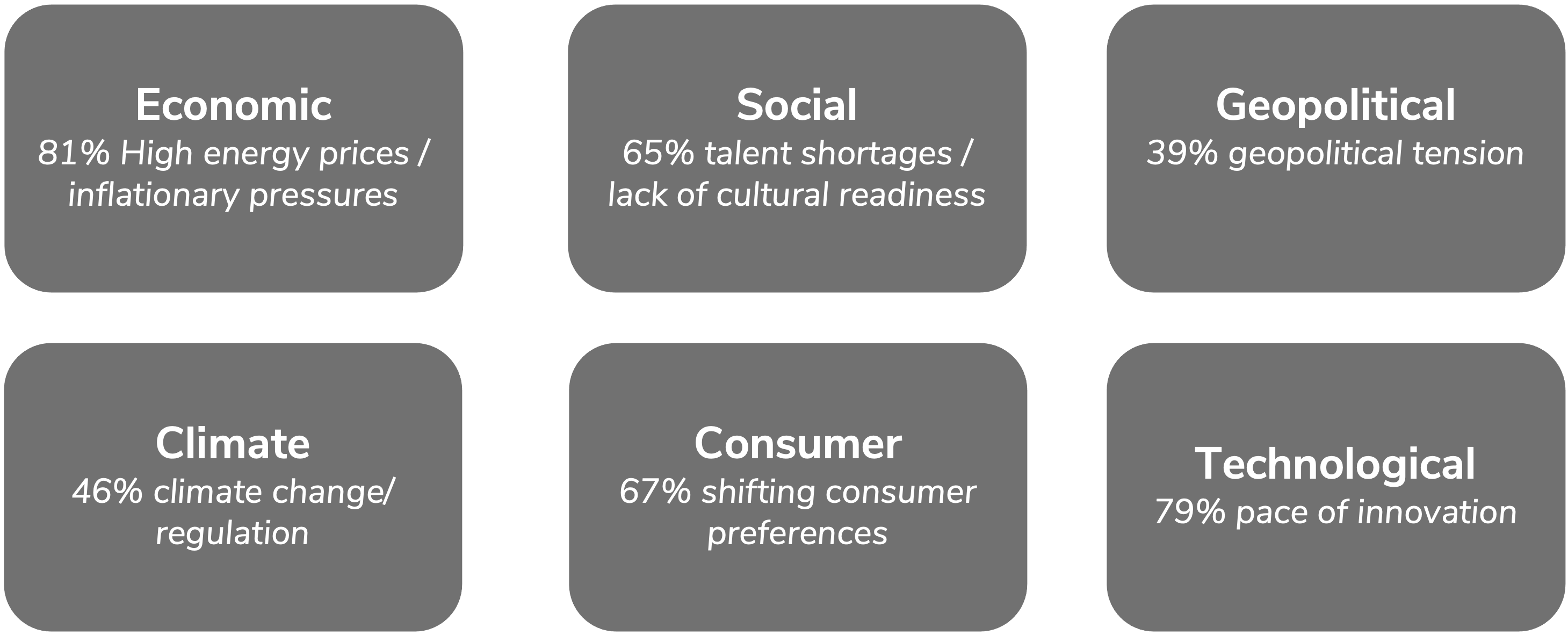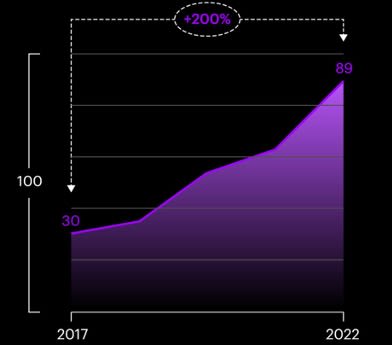
Unlocking effective transformation at speed

"The definition of the problem is always harder than the description of the answer."
Jon Steel – Retired Global Head of Planning at WPP & author of Truth Lies & Advertising

Transformation is not a one-size-fits-all proposition. The specific approach that a business takes will depend on its unique circumstances, goals, and resources.
Business transformations vary in terms of content, pace, and place of initiation — and it’s rare that companies are only undergoing one at a time. With the complexity involved, organisations need to understand the various types of transformations, and know how to manage each.
BCM recently hosted a panel event discussing effective transformation within organisations. Here is a collection of the key themes including:
1. Making the decision to transform
2. Where to start the process
3. Who to involve in transformation
4. The transformation process
5. Insights on transformation
Our Expert Panel

Colin Pidd
Founding Partner & Global Consultant / Transformation Expert

Natalie Hodgskin
General Manager - Brand & Marketing,
UnitingCare

Michael Crevola
Ex Chief Financial Officer, Western Power

Erin Core
Managing Parnter, Veracity Research

Part 1
Making the decision to transform.

Understanding the forces shaping the future will help leaders make informed decisions about their capabilities in navigating change.
Cultural Transformation
Values and value go hand in hand.
Transformation that occurs from the inside out. After nearly two years of disrupted workforces, flexible working arrangements and a fragmented employee base – there has never been a greater need to hit reset on culture and check how it aligns to vision and values.
Brand Transformation
Evaluating the promise and adapting to change.
Prompted by the need for brands to thrive in settings where consumers are shape-shifting and disruption is rife. Brands are being asked to do more and more, with less and less.
Company Transformation
Evolving operations to drive growth.
Many industries are facing increasing scrutiny and regulation. The requirement to keep up-to-date and adapt under operating environments that have not been experienced before in this context is difficult and requires teams focussed on the outcomes.
"To transform actually means you've changed and you can't go back"
It's making a shift that everybody actually loves.
And the word loves is really important.
Global megatrends shaping change

Question: To what extent have the following external forces accelerated your organisations reinvention strategy?

"Unprecedented levels of volatility has created the need to find new opportunities"
A macro environment with an unprecedented level of volatility has created both serious pressure and the need to find new opportunities. Accenture estimates this volatility has increased 200% since 2017 as compared to only 4% in the five years prior.
The Global Disruption Index

Accenture, 2023
Part 2
Where to start the transformation process

Expectations
have shifted.
Your competitors
aren’t your competition.
Brands are now compared to their customers best-ever experiences with over 75% of customers desiring a consistent experience, regardless of how they engage a company.
- Salesforce

"Always start with the why behind what it is you want to achieve"
When thinking about change, transformation or how to breathe new life into an organisation, starting with your 'why' is a good place to start. It provides a clear and unifying vision for the change.
"Brand transformation is bringing a purpose to life"
Brand transformation today revolves around the need to generate new value - winning the hearts and minds of customers and stakeholders.
"The problem is not always best viewed though the lens of the business"
When starting transformation we first need to look at the orientation of the problem? Often businesses look at the problem through the lens of the business what is really is required is a 180 degree turn, so we can view it from the consumers point of view.
Part 3
Who to involve in the transformation process

80%
of CEO’s believe their organizations must transform to survive
28%
Yet only 28% feel prepared for the pace of change.

"Follow the energy for change"
“If the energy for change is from the board as you start with the board, If the energy is massive customer dissatisfaction, start with customer satisfaction, if you've got a whole bunch of employees that are screaming out for something different, start there.”
"We don’t really know unless we ask the customer"
“Far too often we, from a brand perspective, we get caught up with what we think needs to happen, and what we think we need to do to solve that problem"
There is often no way to really know the problem we are trying to solve unless we ask the customer and consider how we bring them on the journey and to test and learn the work we're doing with the people that truly matter.
"When every employee can answer - what's my part in this?"
Why clear communication is essential for successful transformation:
- Employees need to understand the reasons behind change
- Employees are the ones often delivering your brand / customer experience
- Belonging can help to reduce resistance to change and increase buy-in
- Employees need to understand the reasons behind change
- Organizations can promote change by creating a supportive and inclusive culture.
Part 4
Following the transformation process

Many organizations get stuck on the starting blocks. Wasting valuable time, energy, and momentum.

"It’s not enough to follow cookie cutter processes"
Its not enough to simply follow the same old process and wait 12-months for "transformation to be complete". Compressed timeframes and the pace of change means transformation needs to run on multiple tracks, with parallel work-streams being undertaken by teams that are all focussed on a common goal.
"If it’s important to you, it’s worth noting down what a suitable measure might look like"
We don't undertake transformation projects on for no reason, it's important to measure the impact of change and if we have set out to solve the problem or driver that started the process.
But what do we measure?
There's an old adage, "what is measured gets managed." So if you pay attention to something, and it's important to you, then it's probably worth noting down what that measure might look like.
Look at what your vision is, what is the best measure for that particular vision, and then go from there.
"Transformation is actually enacted fast learning"
Transformation is actually enacted fast learning, having your people learn at lightspeed. The organisations that get ahead are not just in step with change, they’re outpacing it.
Part 5
Insights on transformation

A strong brand can provide employees with a sense of identity and purpose during change.

"Don’t underestimate the value of brand building in transformation"
Don't underestimate the value of investing in brand-building to deliver long-term sustainable business growth and competitive advantage. Strong and trusted brands can do a lot of heavy lifting for you, particularly during times of change and in brand transformation
“We need to tap into the human condition”
Transformation is about having conversations and communicating like human beings.
It’s at this point we start wanting to make change.
“Business isn't going to stop just because you're transforming”
"70% of transformations fail to achieve their full potential." (McKinsey & Company)
Organisational transformation is a complex process that can disrupt operations and lead to a loss of focus in the day-to-day operations.
TRANSFORMATIONAL TRACTION
We empower our clients to condense months of work into compressed timeframes when it comes to transformation. Through collaborative design and strategic frameworks, we diagnose underlying issues, foster new ideas, and involve teams in our solutions for the best outcomes.
For more information on where to start or how to tackle a transformation project, reach out. We're more than happy to help.




